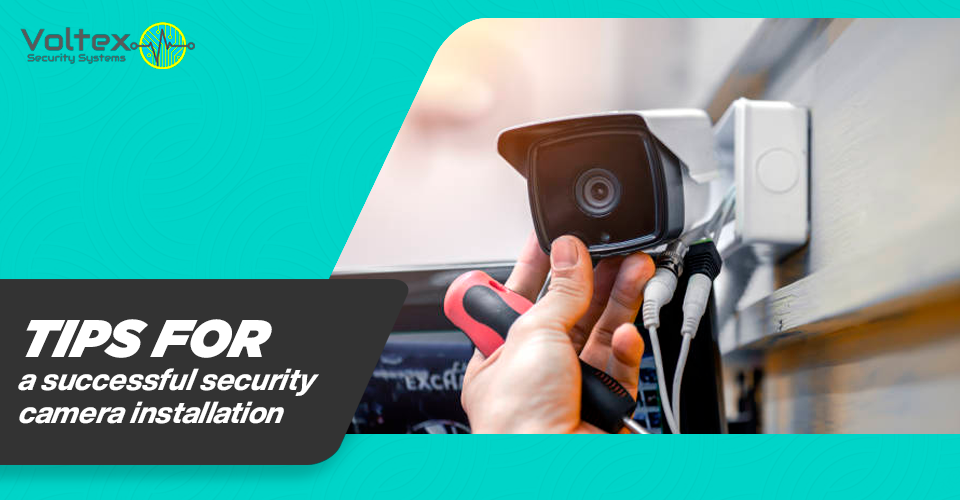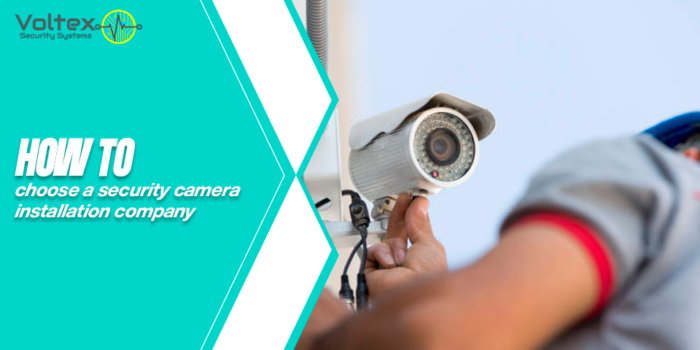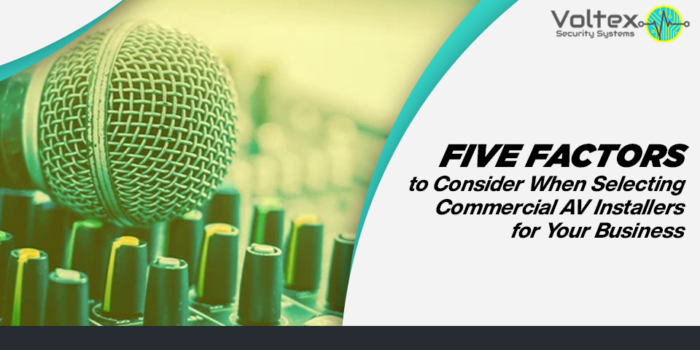Closed-circuit television (CCTV) has become a norm. It can be seen everywhere – at banks, Jewelry stores, hospitals, restaurants, offices, schools, and homes. These security cameras provide coverage and enable us to keep an eye on our property and personal belongings. Also, It can potentially save our lives.
When it comes down to installing a surveillance system, many get confused about how to do things right. How do you know they are placed at just the right angles? How is the lighting? How much does an IP camera surveillance system cost? These are some factors you should consider.
In this article, we will share tips on how to install a security camera system.
Place the cameras at appropriate angles.
While installing CCTV cameras, it is best to place them on the top corners of the walls to capture a wide field of view. Also, try to avoid blind spots. Experts say the best range for motion detection is 5 to 20 feet for passive infrared mode. In summary, the cameras should be placed at the appropriate heights and distances to capture as much detail as possible.
Consider the lighting conditions.
You should ensure there is sufficient lighting for the cameras to pick up more details. In cases where nothing much can be done about the lighting, you can buy CCTV cameras with night mode to capture footage in the dark.
Keep the cables out of sight.
Professional technicians always keep the cables out of sight for obvious reasons. Burglars can cut or damage the wire if they have easy access to them- You want to keep the wires out of reach by hiding them in conduits.
Cover every entrance
You should place a camera at every entrance, especially the front door. It is vital to surveil the whole layout of the building by monitoring all points of entry.
Only hire a professional if you must.
If you find the process of setting up a surveillance system too tasking, you should hire a professional.
Read the Manual thoroughly.
As obvious as it may sound, this is something many people don’t do. Most residential surveillance installation books contain clear instructions on how to get maximum coverage, choose the best cameras, equipment, etc.
Don’t buy a cheap camera system.
You should avoid cheap setups for your surveillance installation. It is better to buy quality cameras that provide crisp imaging with robust video management software to keep you a step ahead of the game.
Have a backup power supply.
A simple UPS can provide power to back up your CCTV during a power outage.
Read Our Other Blogs:
Low Voltage Security Camera: What You Need To know
Enhancing Experiences: The Power of Commercial Audio Video Systems





